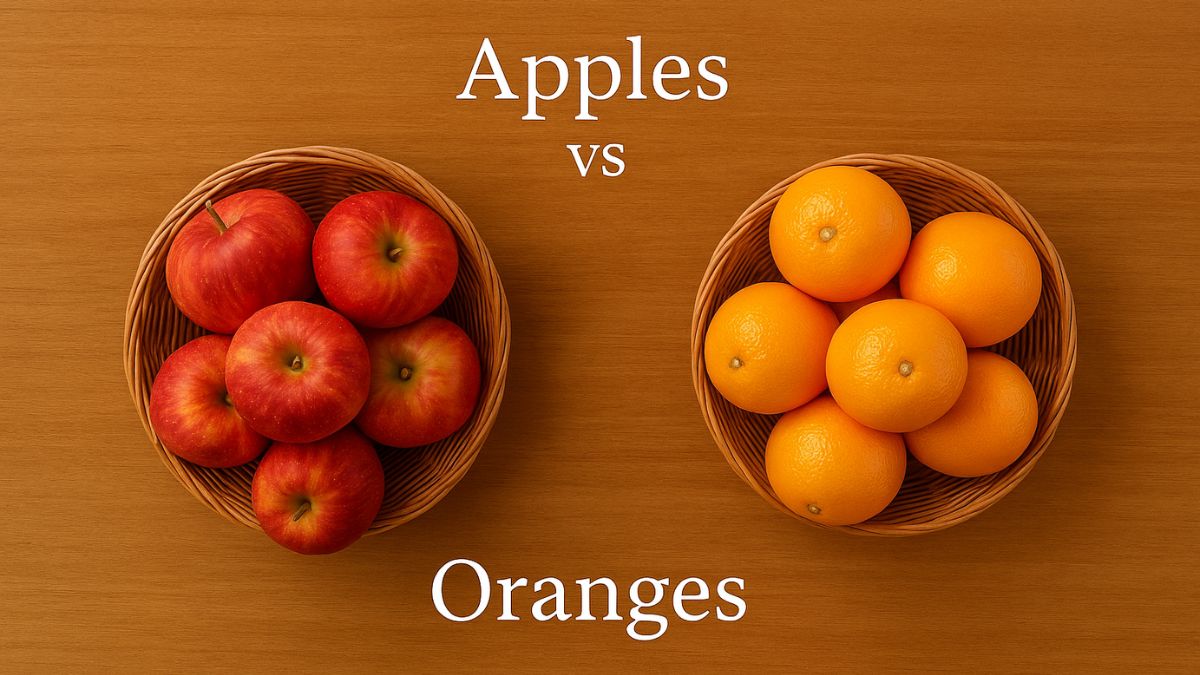Brewing a good cup of coffee is no cakewalk. Everyone struggles to get the perfect cuppa ready with just the ideal amount of coffee powder, milk and sugar. Should you use more coffee beans or is less better? Is it advisable to powder your coffee finely or use the more coarsely grinded one? How much duration should the coffee beans be ground for? All these questions have long plagued the minds of caffeine addicts and coffee lovers; and as it turns out, even scientists have been researching into the subject. A group of experts from various fields conducted a study in the same respect, and they found the formula to make the perfect espresso.
Scientists from fields as diverse as maths, physics and material sciences collaborated to figure out what exactly contitutes an ideal espresso shot. Although situated in locations all over the globe such as the United States, the United Kingdom, Ireland, Australia, and Switzerland, these researchers came together and published the study on January 22 in a journal called 'Matter'.
Through their research, the scientists came to the conclusion that contrary to common practice which utilises more beans, it is better to use fewer coffee beans. The beans must be coarsely ground, rather than finely - the former is actually the key to a good espresso. This espresso made with fewer coffee beans is more consistent, cheaper to make and stronger too.
(Also Read: Everything You Can Do With Instant Coffee, Besides Drinking It!)
"Most people in the coffee industry are using fine-grind settings and lots of coffee beans to get a mix of bitterness and sour acidity that is unpredictable and irreproducible. It sounds counterintuitive, but experiments and modelling suggest that efficient, reproducible shots can be accessed by simply using less coffee and grinding it more coarsely," says co-senior author Christopher Hendon, a computational chemist at the University of Oregon.
This formula came after several deliberations and consideration of a lot of factors involved in the coffee brewing process such as water pressure, coarseness of the grains, whether to use water or dry coffee. "You would need more computing power than Google has to accurately solve the physics and transport equations of brewing on a geometry as intricate as a coffee bed," says co-senior author Jamie M. Foster, a mathematician at the University of Portsmouth (UK).
(Also Read: Weight Loss Tips: Add These Two Ingredients To Your Morning Coffee To Lose Weight)
The development of the perfect formula for an espresso may have several wonderful implications for the coffee brewing industry. First, it boosts the extraction yield of coffee beans as a whole. This may lead to fewer coffee beans being utilised to make greater numbers of espresso cups, which would further result in economic gains and overall benefit to the sustainability of cafes. Moreover, coffee bean wastage would be significantly reduced. The taste of each espresso cup would also be quite similar from one cup to another, thus helping in maintaining quality and standards.
The researchers stress, however, that the results of their research do not purport to reduce all of espresso-making down to a single set of brewing conditions or to a lone flavour profile. "Though there are clear strategies to reduce waste and improve reproducibility, there is no obvious optimal espresso point," says Hendon. "There is a tremendous dependency on the preferences of the person producing the coffee; we are elucidating the variables that they need to consider if they want to better navigate the parameter space of brewing espresso."
